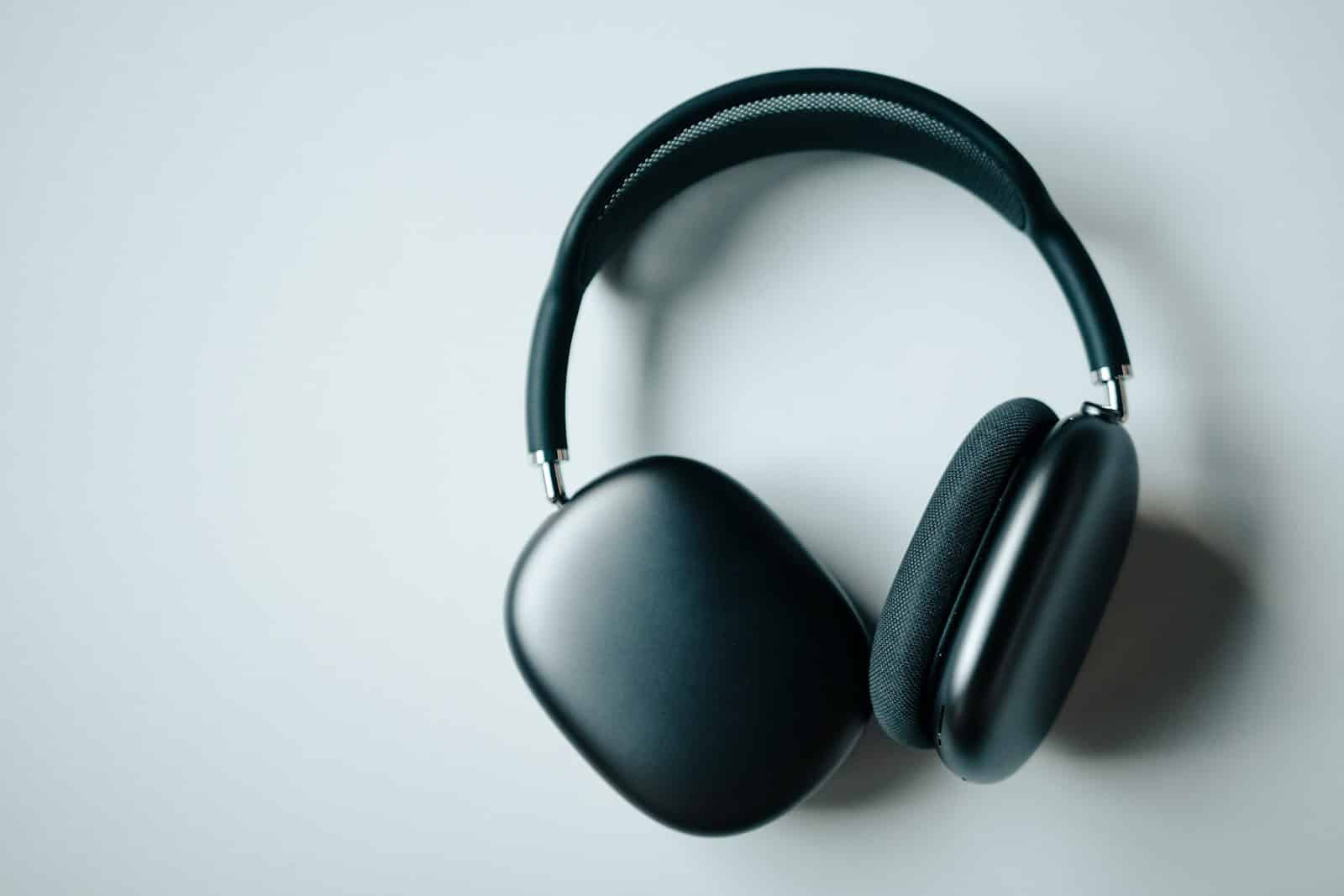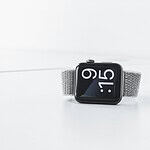The AirPods Max debuted with a premium price and innovative features, quickly attracting attention in the high-end headphone market. However, user reports of condensation issues soon emerged, raising concerns about the product’s long-term durability and design. This problem, associated with the headphones’ aluminum earcups and close-fitting design, has sparked discussions and debates within the Apple user community.
Although Apple has not officially acknowledged the issue as widespread, the repeated reports indicate it is something potential buyers should consider. The condensation forms due to trapped moisture and temperature differences, which can damage internal components and affect audio quality. This situation emphasizes the importance of balancing innovative design with practical considerations for everyday use. It also highlights the need for clear communication and support from manufacturers when such issues arise.
Understanding AirPods Max Condensation
What is the Condensation Problem?
Some AirPods Max users have reported condensation forming inside the earcups. This happens when moisture from the user’s ears gets trapped inside the cups, especially during extended use or in warm environments. The aluminum earcups can get cold, which may make condensation worse.
Why is Condensation a Concern?
Condensation can cause several problems:
- Damage to components: Moisture can harm the delicate electronic parts inside the headphones.
- Audio issues: Condensation on the drivers (the parts that make sound) can affect sound quality.
- Malfunctioning headphones: In severe cases, condensation can cause the AirPods Max to stop working.
How Common is the Issue?
It’s hard to say exactly how many users are affected. Apple has not released official figures. Online forums and social media have many reports, but these may not represent all users. Some users have no problems, while others report condensation often.
What Can Users Do?
There are a few things users can try:
- Wipe down the earcups: After each use, wipe the inside of the earcups with a soft, dry cloth.
- Store the headphones properly: When not in use, store the AirPods Max in a cool, dry place. The Smart Case may not provide enough airflow.
- Limit use in humid conditions: Try not to use the headphones for long periods in hot or humid environments.
Comparing AirPods Max to Other Headphones
Other over-ear headphones, especially those with closed-back designs, can also experience condensation. However, the AirPods Max’s aluminum build may make them more susceptible. Most other headphones use plastic or fabric materials, which don’t get as cold as metal. This table compares AirPods Max to other popular over-ear headphones:
| Feature | AirPods Max | Sony WH-1000XM5 | Bose QuietComfort 45 |
|---|---|---|---|
| Earcups Material | Aluminum | Plastic | Plastic |
| Reported Condensation Issues | Yes | Less frequent | Less frequent |
| Price (USD Approximate) | $550 | $400 | $330 |
What About Warranty and Repairs?
Apple’s standard warranty covers manufacturing defects. It’s unclear if condensation damage is covered. Some users have reported success getting replacements, while others have not. If you experience condensation problems, it’s best to contact Apple Support.
Is There an Alternative?
If you are concerned about condensation, you might consider other over-ear headphones. The Sony WH-1000XM5 and Bose QuietComfort 45 are popular alternatives with good noise cancellation and more traditional materials. They are also less expensive than AirPods Max.
Understanding Headphone Moisture and Ear Health
Moisture in and around the ears isn’t just a headphone problem; it’s also a health concern. Trapped moisture can create an environment for bacteria or fungus to grow, potentially leading to ear infections. It’s important to keep your ears clean and dry, especially after activities that cause sweating or exposure to water. Using headphones for extended periods can trap moisture, so taking breaks is always a good idea. If you experience persistent ear discomfort, itching, or discharge, it’s best to consult a doctor or audiologist. They can provide advice on proper ear care and address any potential infections. This is a good practice whether you use AirPods Max or any other type of headphone.
AirPods Max launched in December 2020 at a price of $549. They feature active noise cancellation, transparency mode, and spatial audio. The headphones use a unique design with replaceable earcups and a mesh headband. While they have been praised for their sound quality and features, the condensation issue has been a persistent concern for some users.
AirPods Max Condensation Issues
AirPods Max users have reported issues with condensation forming inside their headphones. Water droplets develop within the ear cups during use, which could potentially damage internal components. This problem appears to be more common in hot and humid conditions or during intense physical activity. It’s important to note that Apple does not market the AirPods Max as being sweat or water-resistant.
Many users are surprised that these $549 headphones are susceptible to moisture. Complaints about condensation have increased during the summer months when temperatures are higher. This condensation can affect audio quality and may lead to malfunctions. Some users are concerned about the potential for long-term damage to their expensive headphones. Apple’s response and warranty coverage regarding this issue remain unclear.
Frequently Asked Questions
How does condensation impact AirPods Max performance?
Condensation can affect AirPods Max functionality. Moisture buildup may cause audio distortion, reduced battery life, or connectivity issues. In severe cases, it can lead to complete device failure. Some users report sudden malfunctions after periods of use in humid conditions.
What techniques remove moisture from AirPods Max?
To remove moisture from AirPods Max:
- Gently wipe the exterior with a soft, dry cloth
- Remove ear cushions and allow them to air dry separately
- Place the headphones in a well-ventilated area for 24-48 hours
- Use silica gel packets to absorb excess moisture
Avoid using heat sources or compressed air, as these may damage internal components.
What legal actions address AirPods Max condensation issues?
No specific class-action lawsuits regarding AirPods Max condensation have been reported. Individual consumers have shared complaints on social media and forums. Some users have sought replacements through Apple’s warranty program or consumer protection laws in their regions.
How can users prevent sweat-related issues with AirPods Max?
To prevent sweat-related problems:
- Avoid wearing AirPods Max during intense physical activities
- Take regular breaks to allow the headphones to cool and dry
- Use moisture-wicking headband covers
- Store AirPods Max in a dry, cool environment when not in use
- Consider using alternative headphones for workouts or in hot climates
Has Apple addressed AirPods Max condensation concerns?
Apple has not released an official statement specifically addressing condensation issues in AirPods Max. The company’s product information does not claim water or sweat resistance for these headphones. Apple support representatives have reportedly acknowledged the issue in individual cases and offered replacements to some affected customers.
Does the warranty cover condensation damage in AirPods Max?
Apple’s standard warranty does not explicitly cover condensation damage. The company assesses warranty claims on a case-by-case basis. Some users report successful replacements under warranty, while others have been denied coverage for moisture-related issues. Extended AppleCare+ protection may provide additional options for addressing condensation problems.







